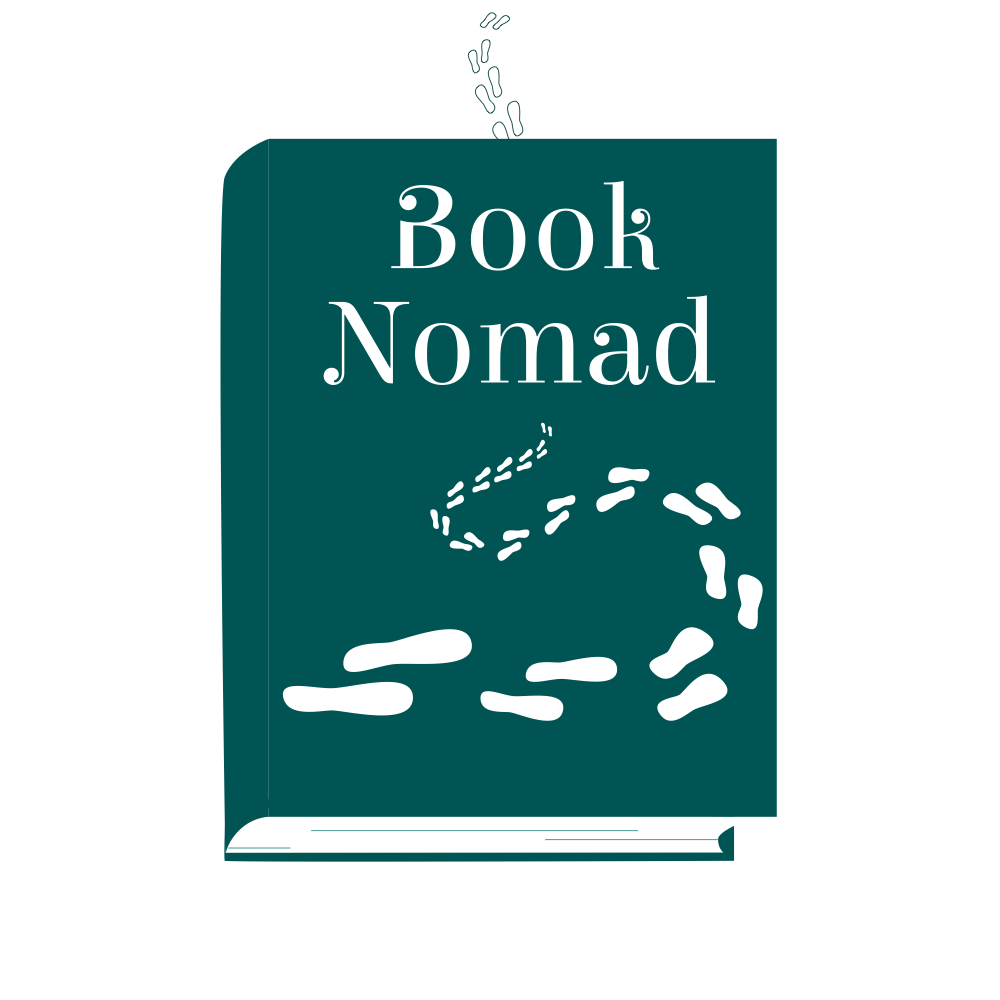I bought this book, with no previous knowledge of it, because I was looking for an Arabic-language manga or graphic novel and this was the only one I could find in the shop. When I read the blurb and discovered the topic, I found it was something I’d never read about in fiction before and so I bought it.
ظهور الصغير جن is the first in a series of books (called جن الحافي; Japanese original: はだしのゲン Hadashi no Gen; English: Barefoot Gen) about Gen, a six-year-old boy living with his family in Hiroshima at the end of the Second World War. The plot takes us through Gen’s experiences of life in a Japan entirely dedicated to fighting the US forces and the suffering that the population went through as the country’s resources, particularly food, largely went towards the war effort, leaving many on the brink of starvation. On top of this, Gen’s father is very vocal in his opposition to the war and the whole family suffers condemnation by their community, often with physical violence, as a result of this.
The writer, Nakazawa Keiji, was a Hiroshima native and was himself six years old when the atomic bomb was dropped on the city. This book is, therefore, semi-autobiographical. It is clear from the start, from the introduction in fact, that the writer’s aim with this series is to show the horrors of war and promote the pursuit of peace.
I struggled with this book and ended up putting it to one side for about a month while I decided whether I could finish it. My reasons for this struggle could well be personal and even due to a lack of understanding of this style of book, so I’ll explore them here and do tell me if you think it is! My primary problem with the writing style was that it seemed quite repetitive; for the first three quarters of the book, I felt like every other page was telling me again that the war was bad and that the people were paying the price. This feeling of repetitiveness was compounded by the way this was often said in a very didactic style. That’s not to say that the idea was not also demonstrated in the events of the plot, however. Perhaps the repetition makes more sense if the book is for a younger reader, which brings me to my second issue.
Another point of confusion for me was who this book was aimed at. I’ve tried to find out if it was intended for adults or children but am unable to come to a conclusive answer. Again, I wonder if a Japanese reader would automatically be able to tell from the style who the target age group is. Regardless, if it is for children, I would be very careful about the age group because there is considerable violence throughout and it is particularly graphic in the aftermath of the bomb, as well as emotionally challenging. The violence I found perplexing, though, was that against children by teachers and parents; these children were punched in the head so many times I wonder that they weren’t all lying at home with concussion! Is this normal for a Japanese reader? I don’t know! What I do know is that this is definitely a book to read first before deciding whether to share it with your children! There are also a couple of instances of nudity, which I was not prepared for.
My engagement with the book improved considerably in the last quarter or so as the story drew nearer to the day the tension was building up to: when the US dropped the atomic bomb. I found myself much more involved with the characters and didn’t want to put the book down as I wondered what would happen to them in the aftermath. Gen’s view of the explosion and what followed gave me a perspective on the event that I hadn’t experienced before and I think this was the most valuable aspect of this book.

I have not read a lot about the bombing of Hiroshima but what I think of first is the long-term effects of radiation and the general destruction it caused to the population as a whole. This book, however, gave me a much more intimate experience of the struggles that the Japanese people had been dealing with even before the bomb was dropped, it gave me insight into the atmosphere of intimidation that was used to maintain support for the war, and portrayed the complete devastation that individuals suffered in the moments after the bomb was dropped.
The book has been translated into many languages (including English) and has been made into series and films, so I might give the film a go if I can get access to it, in sha Allah. I would be interested to see how they adapted it to the new medium.
If you have answers to my confusion regarding the writing style and target age group, please do comment and enlighten me!


0 Comments